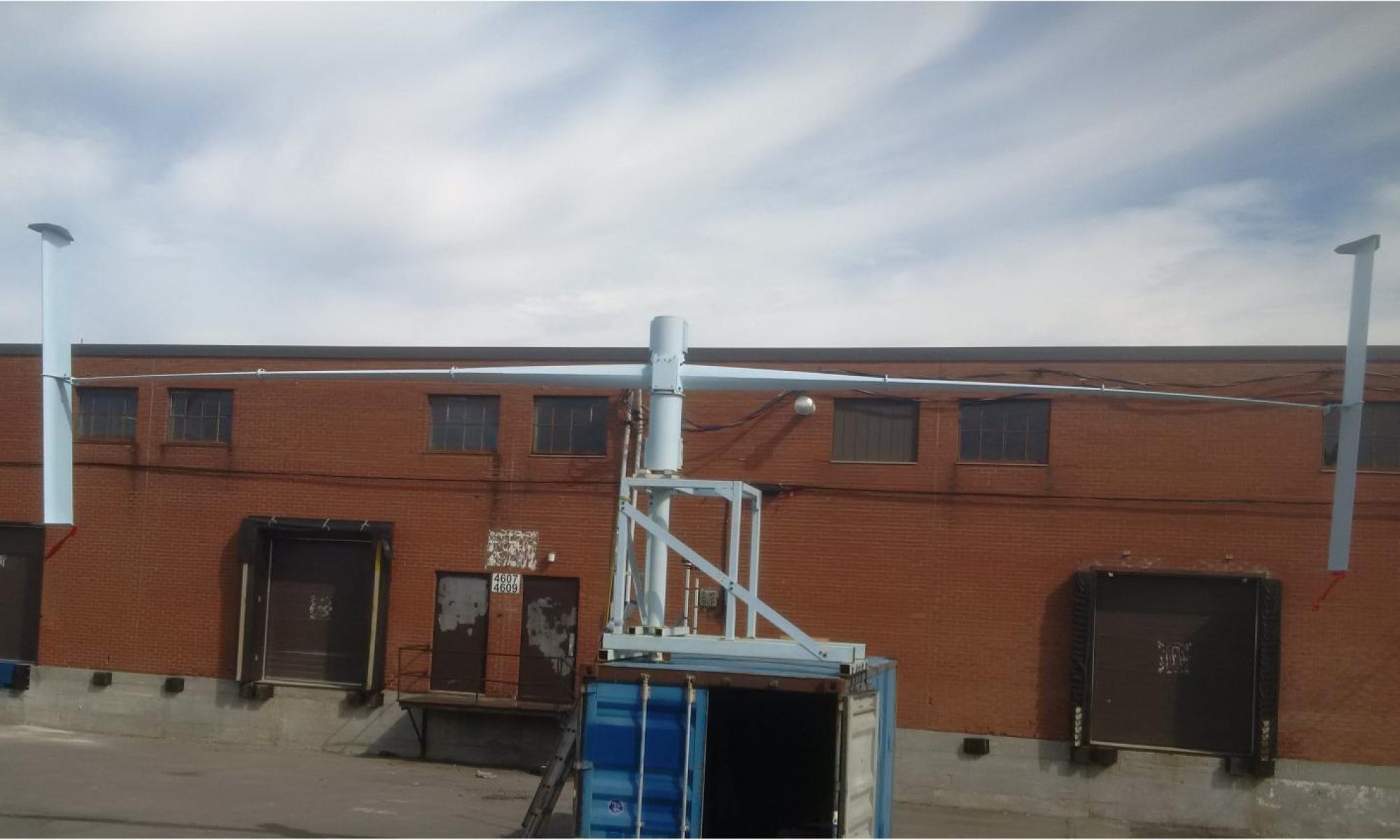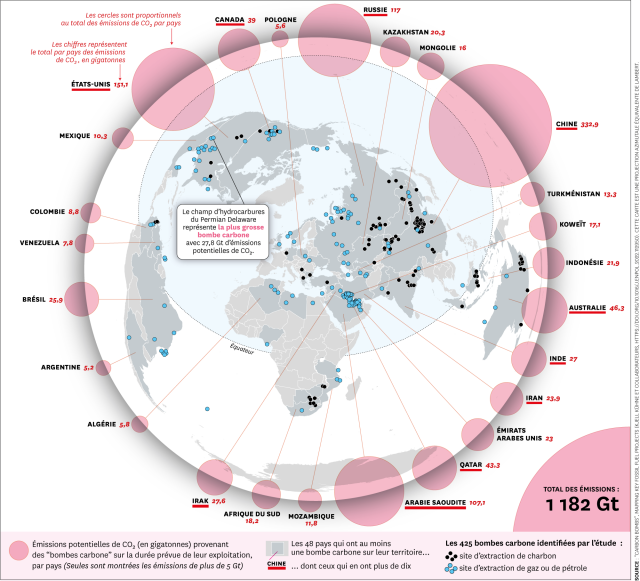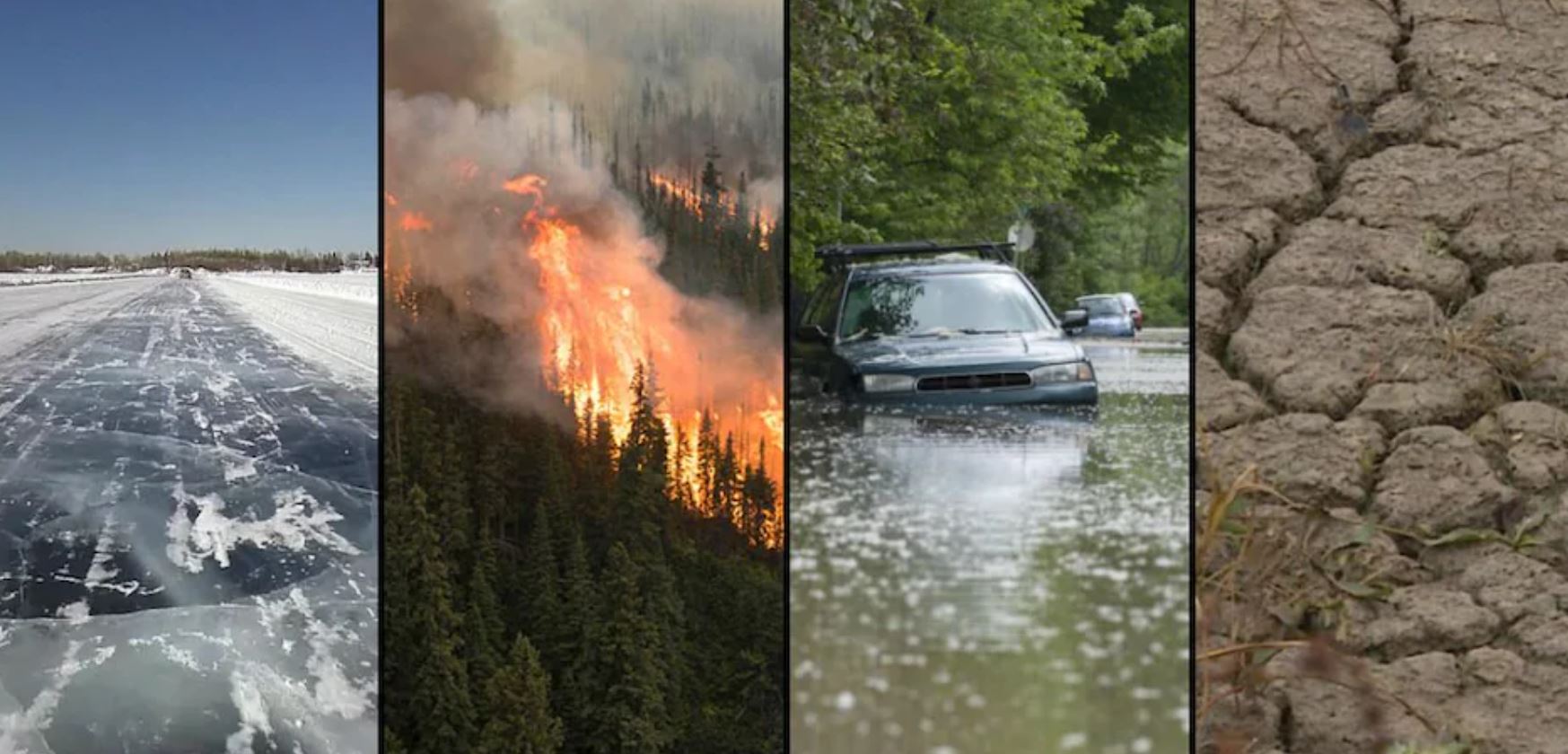Visit our blog channel
Visit our blog: http://wind-can-do-it.blogspot.ca/
The climate bombs that we don’t talk about.
There are climate bombs coming from the exploitation of fossil fuels. Each coal mine, each exploited oil or gas deposit represents a potential for GHG emissions. Whether on an annual basis or for the entire exploited resource, each new mine and each new significant user of fossil energy adds a risk of climate change.
There are the bombs that man sets up indirectly, such as mega livestock farms which emit a lot of methane or massive deforestation which reduces nature’s capacity to absorb CO2.
There are also the indirect consequences of the warming that we induce which can lead to natural outbursts: The degassing of permafrost, the collapse of phytoplankton or a runaway of cloud cover are all superbombs which can also create a climatic outburst.
Cryptocurrency and artificial intelligence, the forgotten climate bombs.
It is estimated that the production of Bitcoin alone uses nearly 130 TWh per year, this is equivalent (approximately) to the production of 25 nuclear power plants of 600 MW each, or even 1500 wind turbines of 2.5 MW.
In the same way, the electricity consumption of what we call artificial intelligence will also reach 130 TWh per year within 2-3 years.
For your information, 130 TWh is roughly the annual electricity consumption of Sweden. We are talking about a need for clean electricity equivalent to twice that of a small, industrialized country before we begin to reduce our ordinary energy needs, still dominated by carbon-emitting energies.
It is this kind of energy whim that makes achieving carbon neutrality in 2030, 2035 or even 2040 unrealistic.
Decarbonize Nordic diesel electricity
See how propose to decarbonize the off-grid villages up to 90%
Hybrid system with solar thermal electricity
An old post that is this relevant:
http://wind-can-do-it.blogspot.com/2015/07/solar-thermal-and-wind-do-perfect-match.html
Climate change
NO TURNING BACK POSSIBLE
Today we reach GSG level for + 1.6 C
The IPCC does a wonderful job of compiling climate studies, but their level of communication is abysmal. (Like many scientists)
A report of a few thousand pages, an executive summary of 80 pages and an executive summary of 20 pages that is too dense.
NO GOING BACK
A mistake of environmentalists is to use current climatic disasters to argue that if we want to avoid them in the future, we must act now.
False
Only vegetation can capture CO2 from the air, and currently we produce about twice as much CO2 as nature can absorb. So the upheavals we are currently experiencing represent the minimum of what the future holds for us.
TODAY we have added + 1.6 C
<10 years to avoid a warming of more than 1.5 C> or even recently <Emissions must be capped by 2025> (IPCC)
False
Currently GHGs induce a thermal imbalance of 3 watts per sq. m. of earth surface, and as said above, this is a phenomenon that cannot be reversed.
For an object, to emit 1 watt more of thermal radiation per m2, its temperature must increase by 0.016 C, so for the earth to be in thermal equilibrium with the ‘current’ level of GHGs, its temperature must increase by 0,48 degree. Added to the current 1.2 degrees, we are between +1.6 and +1.7 C. Of course the earth has a very high thermal inertia, so this balance would be reached in 20, 30, 50 years, but it is thing done, no turning back is possible!
We have taken big steps. Last year, more than double the nominal capacity of clean electricity production (wind and solar) than fossil capacity was installed.
Except that :
Solar farms yield of 15 to 25% on their nominal power, wind farms between 30 and 45%, while the average production of generators varies between 60 and 90%. So this year there is twice as much ‘new electricity’ produced via carbon burning as from clean energy sources.
So :
– To have no new sources of electricity that produce GHGs, solar, wind and hydro installations must be tripled. Note that biomass is not a carbon neutral solution.
– To begin to significantly reduce the surplus CO2 emitted each year and hope to return to a balance with nature in 20-40 years, we must multiply the production of electricity without GHG emissions by a factor of ten.
Wind-Do Energy offers several innovative solutions to increase the penetration of clean energies. Out of 60 funding applications that we presented to Cleantech-oriented VCs, none asked us about our potential for reducing GHG emissions.
Computer Fluid Dynamic in wind turbine design
The color of wind turbine
Why turbine size matter
The Quebec Government supports Wind-Do Energy
The Quebec Government is providing financial assistance to Wind-Do Energy Inc. for the development of its midscale wind turbines network. The 500 000$ project will create a head of the series within Wind-Do’s new facilities in Saint-Léonard, Montréal.
Midscale wind turbines can address large markets if they provide competitive edges and efficiency comparable to those of giant wind turbines. Wind-Do Energy is about to meet this challenge; therefore, the Quebec Ministry of Economy and Innovation, through its Innovation program, provides 150 thousand dollars to assist the development of wind turbines with modern engineering tools and equipment.
Wind-Do’s midscale wind turbines operate in small networks, which provides a competitive edge over giant wind turbines because they can be configured precisely to the needs of its customers.
Wind-Do’s 20-meter-high wind turbines do not generate visual and noise pollution problems, so they can be installed closer to users. Wind-Do’s wind farms can operate where giant wind turbines cannot, such as several off-grid locations in the far North. Wind-Do’s wind turbines are designed to be affordable. Wind-Do’s commercial success is based on the profitability that its customers and users can achieve in their respective sectors.
“Ultimately, our systems could cut the cost of generating electricity on off-grid sites. We estimate that Canada’s 250 off-grid communities would represent a multi-billion-dollar market for Wind-Do,” said François Gagnon, president of Wind-Do Energy.
The head of the series will be completed during the summer of 2020. In the meantime, Wind-Do Energy aims to set up a technology showcase and sign several agreements with potential customers and distributors in Canada as well as in export markets.
Source:
Pierre Dumas, M.Sc.
Business Development Director
Wind-Do Energy Inc.
514-656 8016



